Following Roadside Trees Along the Jeonjuchun River
What heralds the change of season in cities? Probably the roadside trees, especially when the grey of winter is overcome by the yellowish green of spring. However, we usually don’t think seriously about the presence of the roadside trees. They seem to be just another insignificant parts that comprise our everyday cityscape.

When I open the local newspaper, I often come across the text “have you thought about the value of the roadside trees?”. For the first time in my life, I asked myself “have I ever thanked the roadside trees”?
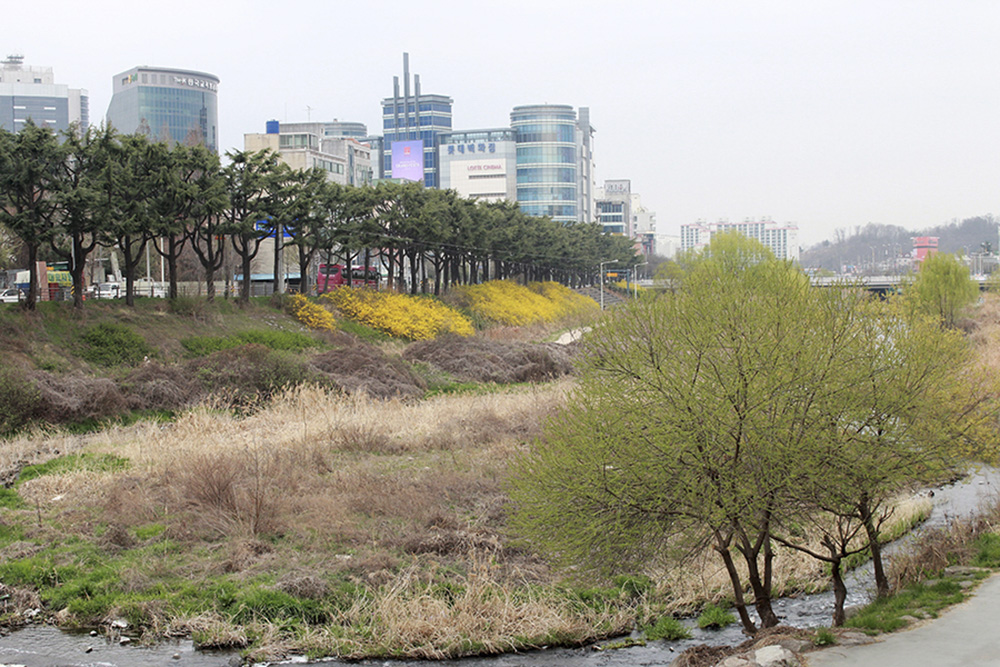
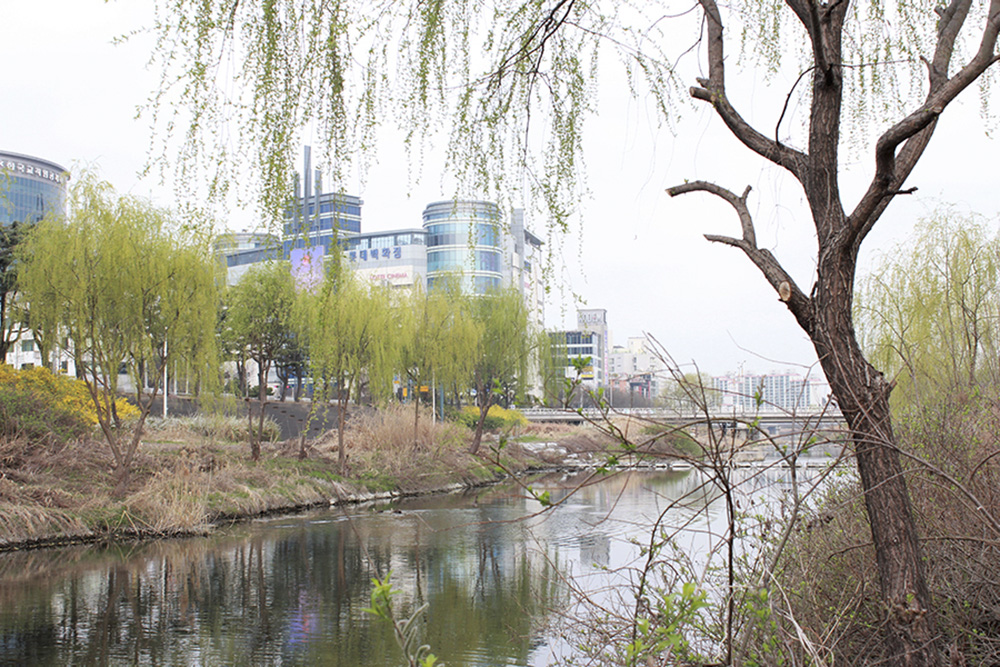
As roads began to connect cities, people planted the roadside trees not only for aesthetic purpose. The roadside trees have protected the road, indicated direction when it snowed, and offered shelter from the sun when it’s hot.
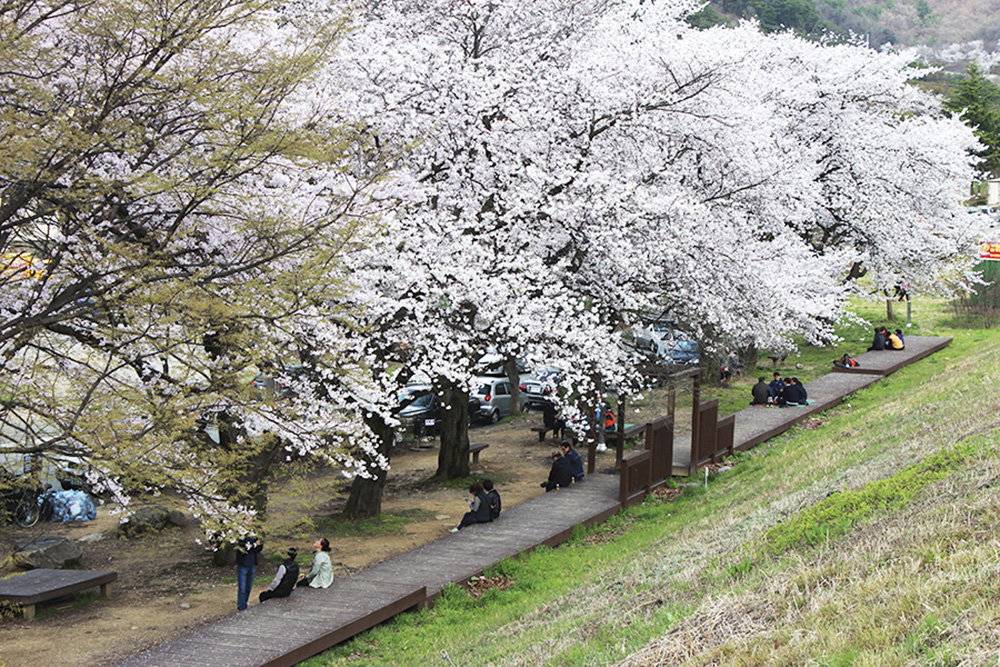
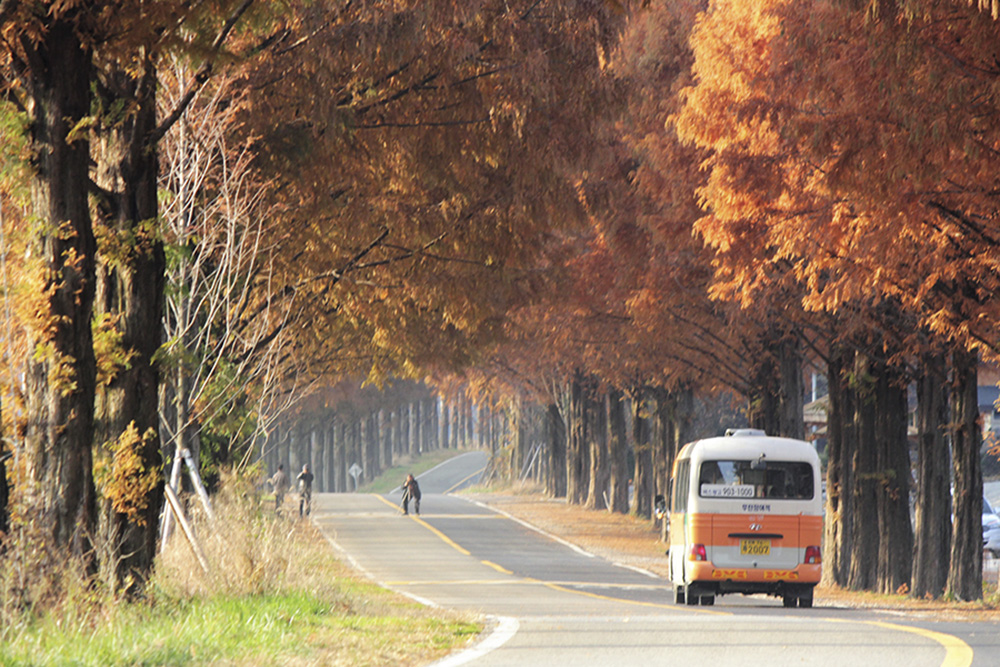
According to the records, in Korea too, the roadside trees were planted even several hundred years ago.
The roadside trees along the Jeonjuchun River
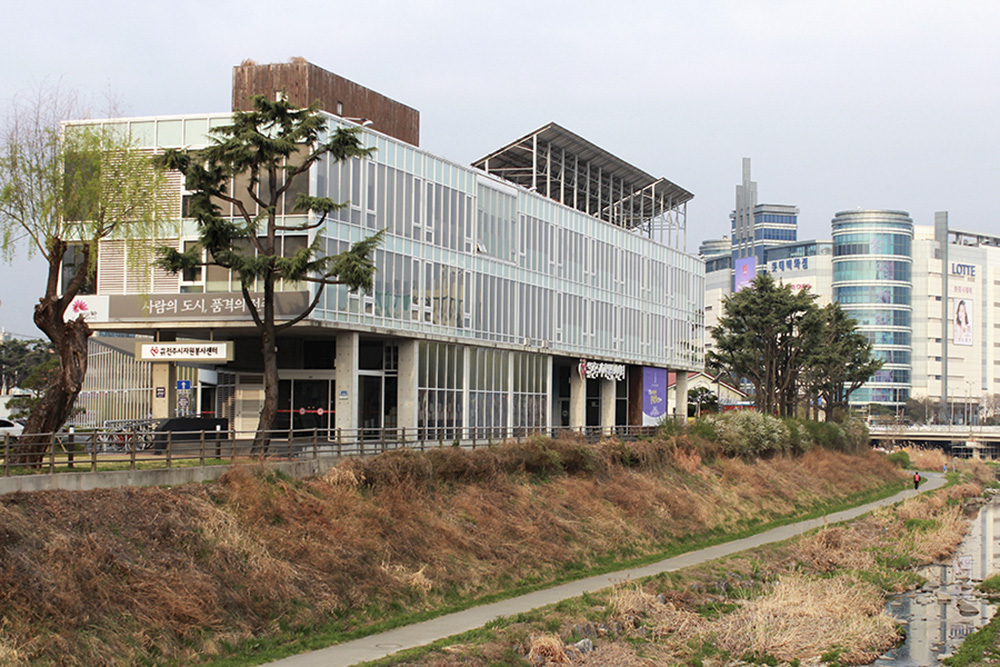
I personally prefer the walk along the Jeonjuchun River from the Jeonju Express Bus Terminal to the Dagagyo Bridge. When it’s early spring, I can enjoy the yellowish green of the weeping willow trees. During the late spring I can enjoy the deep green of the meta sequoia trees. The high-rising Himalaya cedar trees are green all year round.
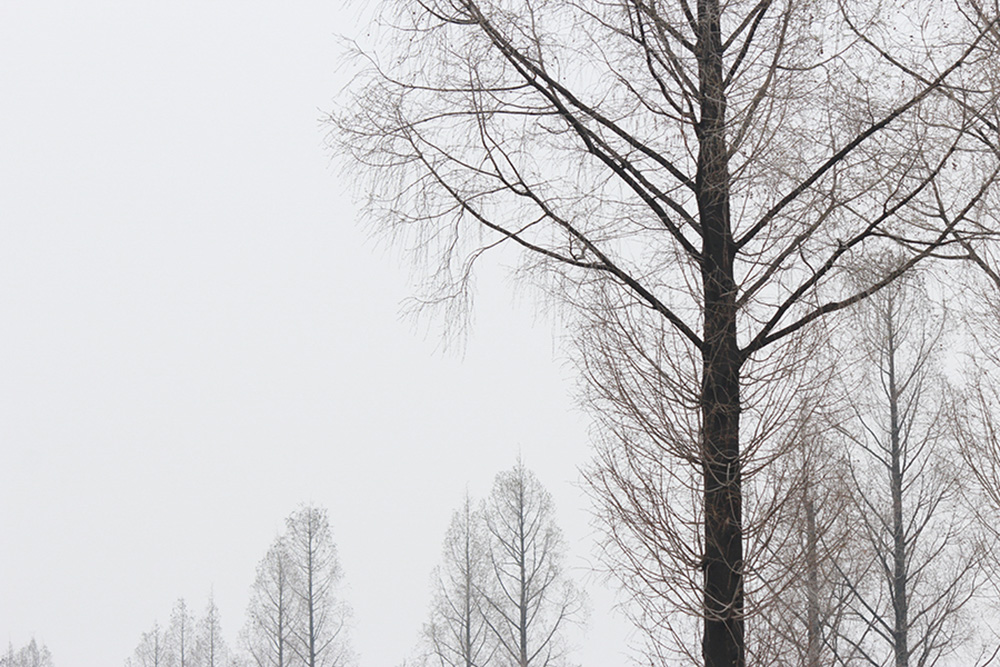

Among the list of the roadside trees planted in Jeonju are also cherry blossom tree, fringe tree, and gingko tree, which is the official tree of the city. Also, I have lived in different cities, but it’s in Jeonju that, for the first time, I saw Himalaya cedar trees planted on the roadsides.

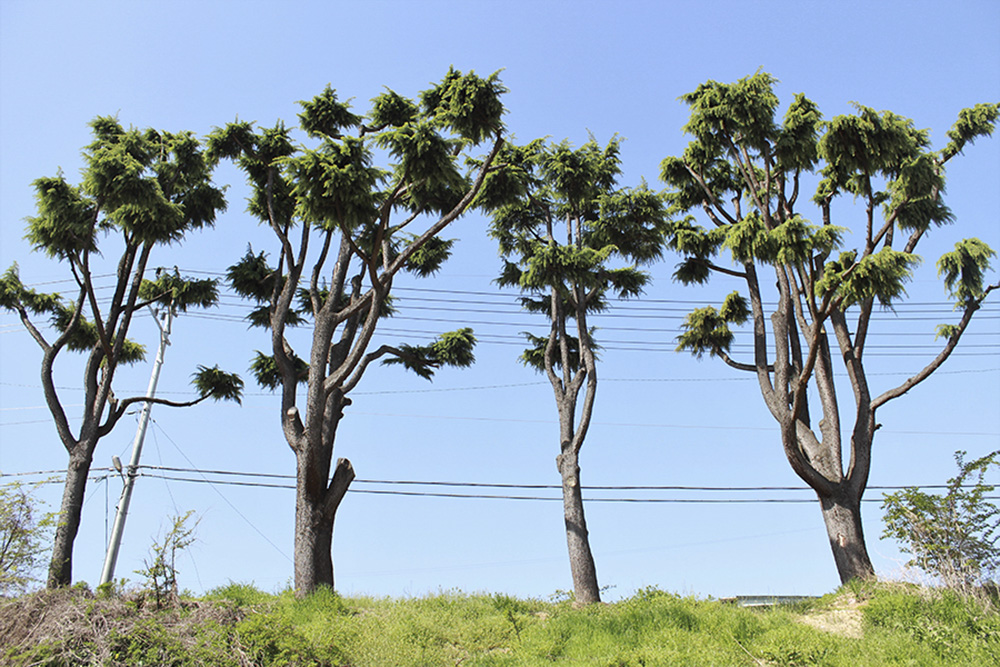

The Himalaya cedar tree is native to the North-Western India, the Western end of the Himalayas. Unlike the ‘usual’ Himalayan region, the Western end is subtropical, warmer and more humid. The locals believe that the Himalaya cedar tree helps getting pregnant and having many children.
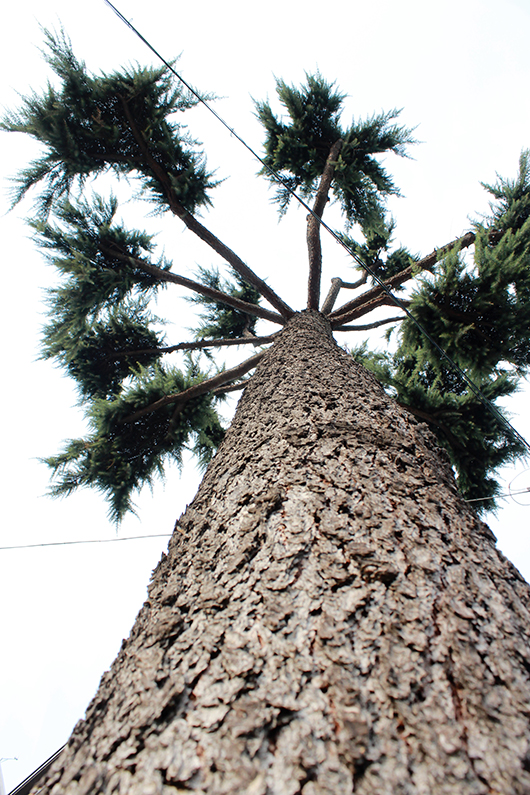
The Himalaya cedar trees were first imported to Korea around the 1930s. They were first planted in the warmer region below Daejeon, but these days, the trees grow well in Seoul too. They are in a variety of shapes. It seems that it’s easy to shape the Himalaya cedar trees. Jeonju has the puddle shaped Himalaya cedar tree.
Apple trees on the roadside?

I wondered briefly what it would be like if we planted apple trees on the roadside? We wouldn’t be able to eat the apples from the roadside, but it’s going to be very interesting in autumn!
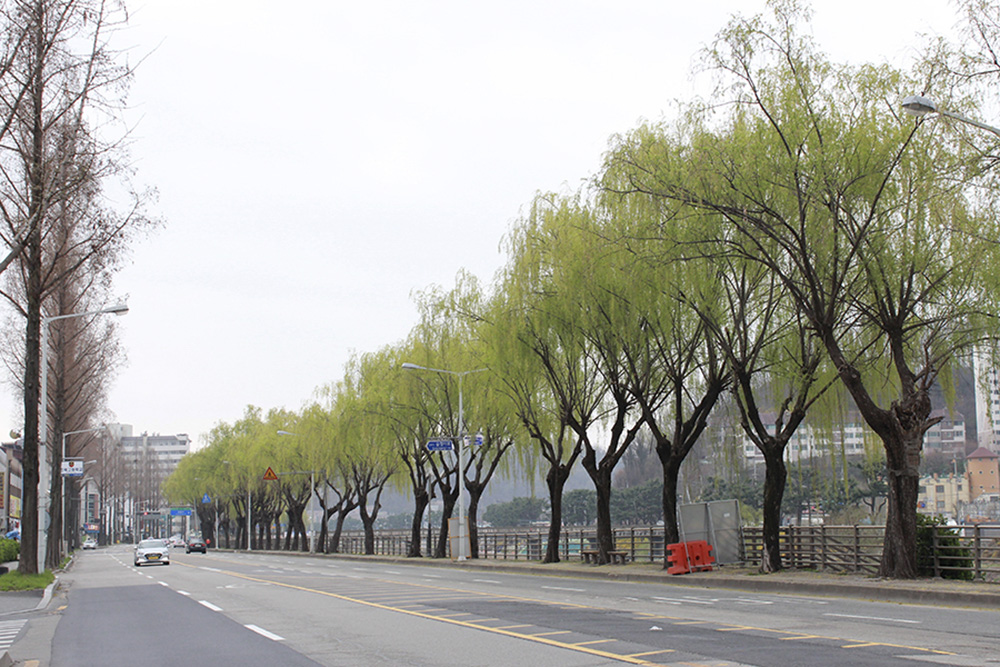
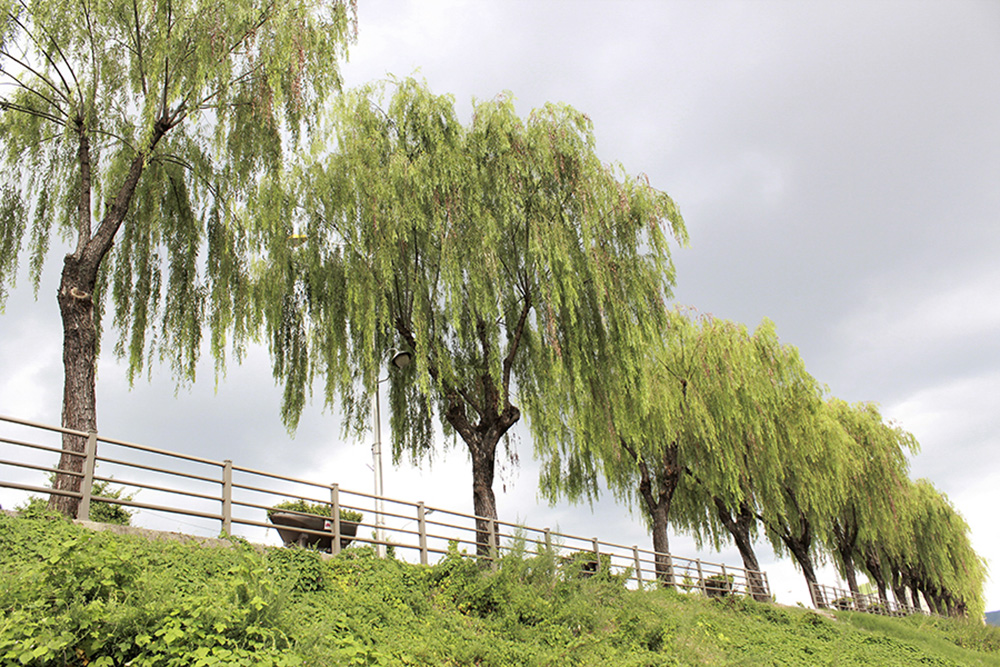
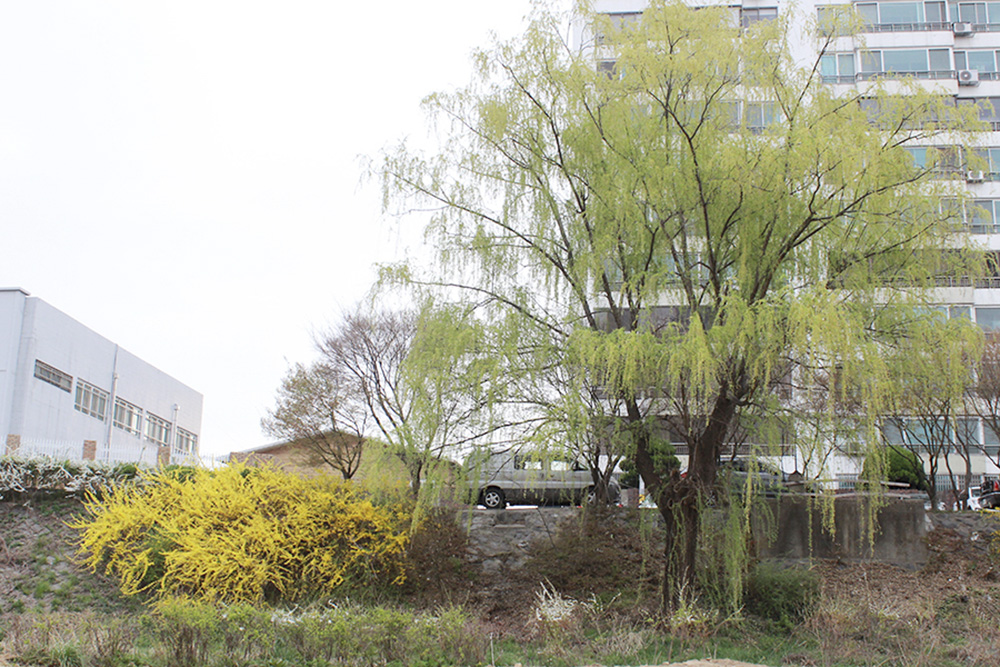 The roadside trees can clean air, prevent soil loss, and check noise from the road. I also believe that the roadside trees can have emotionally soothing effect on the city-dwellers suffering from the hectic and conflict-ridden everyday life.
The roadside trees can clean air, prevent soil loss, and check noise from the road. I also believe that the roadside trees can have emotionally soothing effect on the city-dwellers suffering from the hectic and conflict-ridden everyday life.
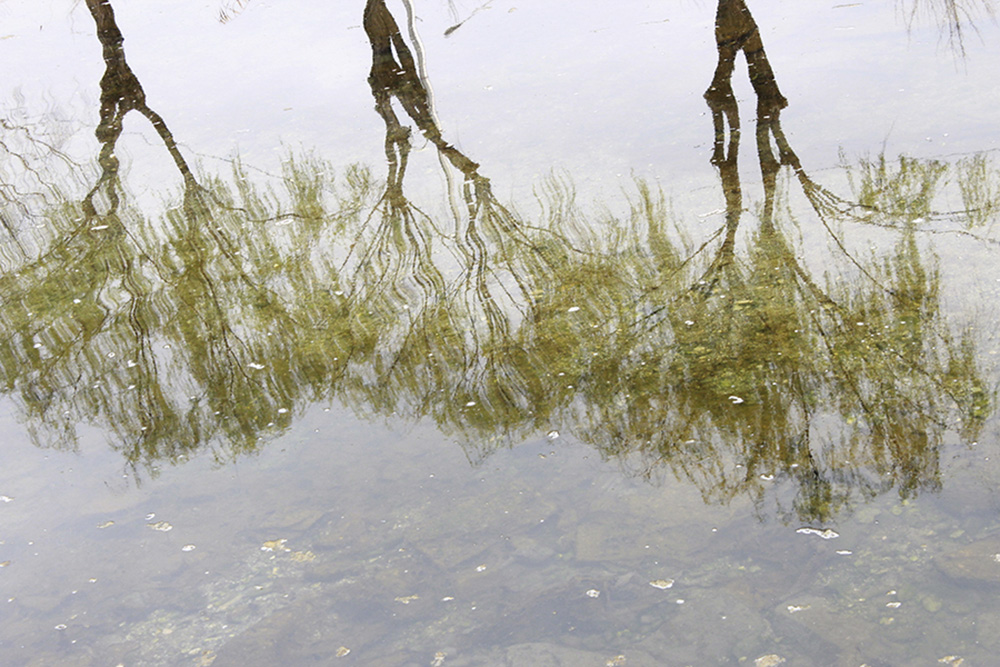
The roadside trees with the spring flowers make me feel animated after a long winter. This is why we should start rediscover the roadside trees. The trees are precious, whether we take shelter under them, we walk under them, or we enjoy their small apples.
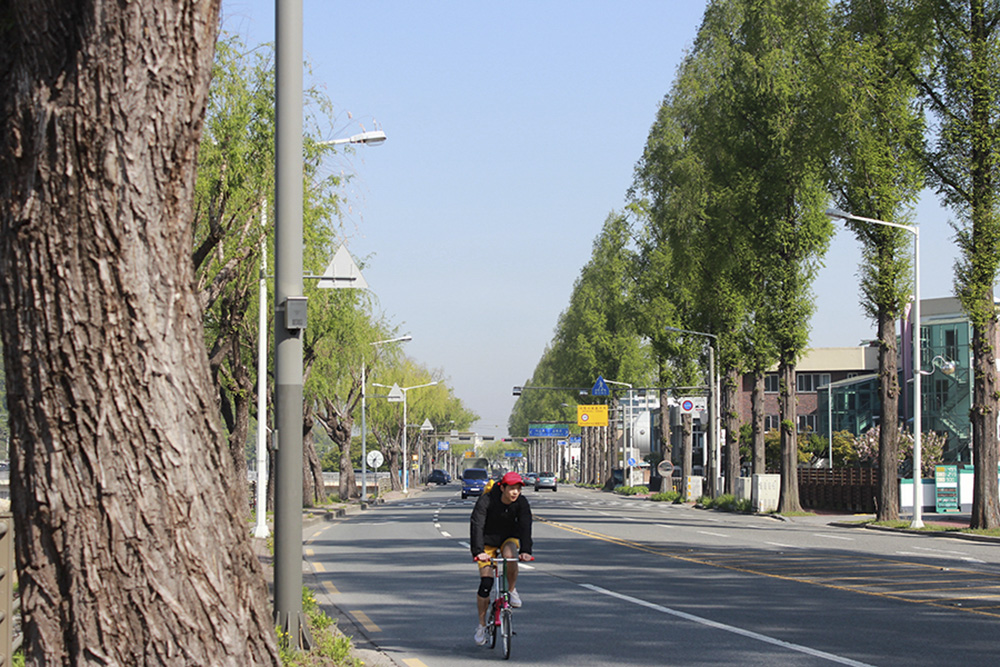
Let’s give another look at the roadside trees. What do you see?


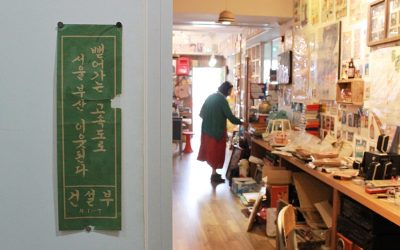
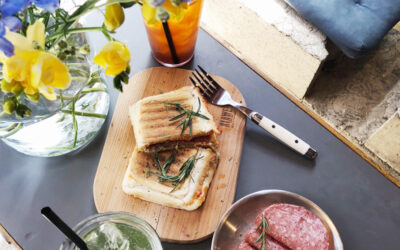
46 Comments